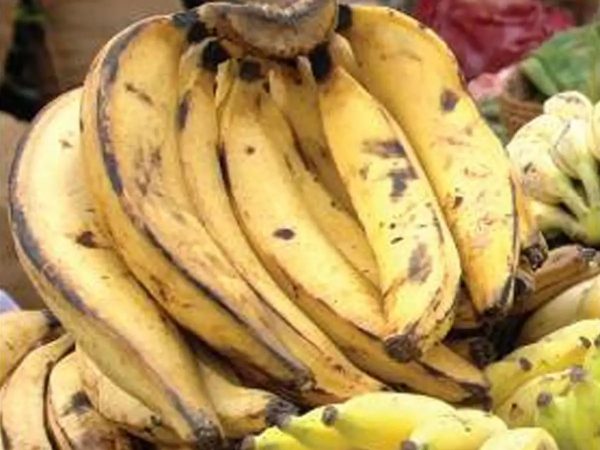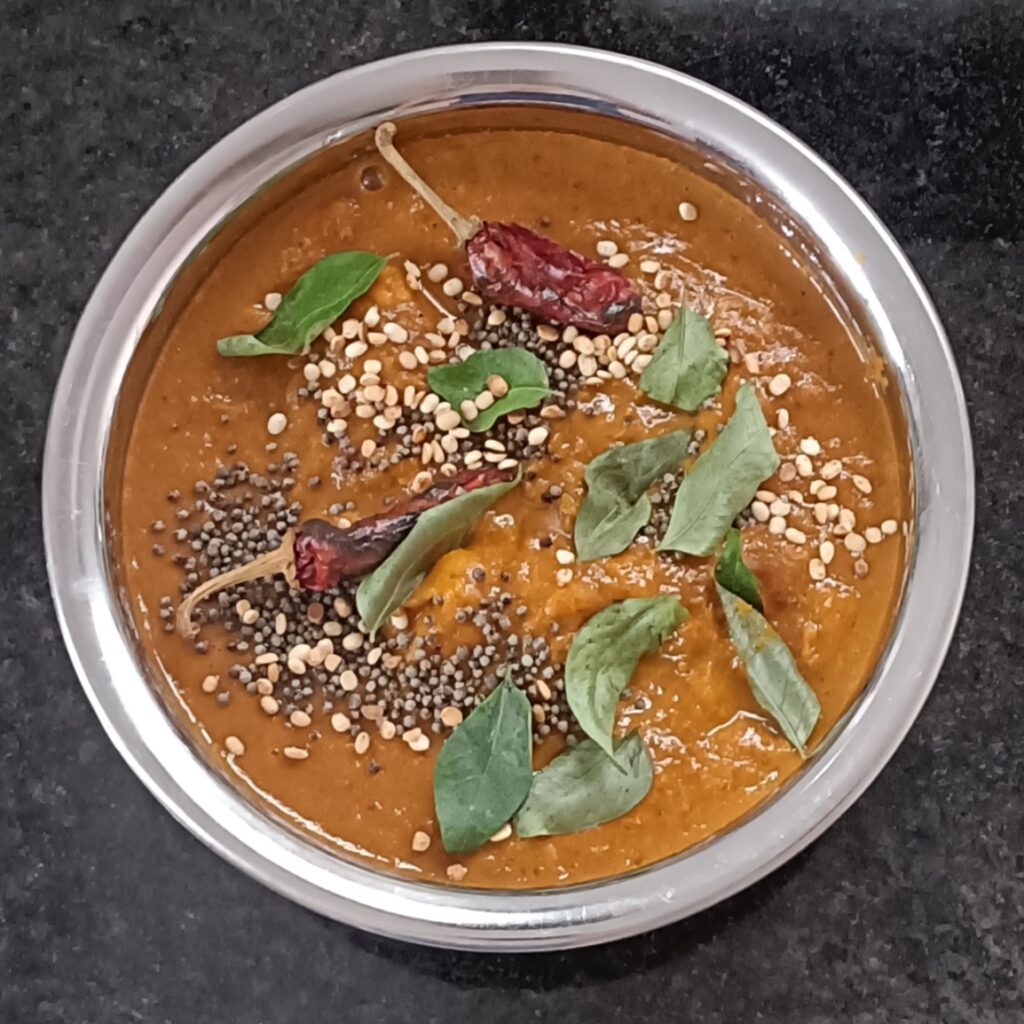Mugache Ladoo (Sweet Whole Green Gram Balls)
Moong beans are one of the best sources of protein as they’re rich in many essential amino acids. (Essential amino acids are those that your body is unable to produce on its own.) Also, the carbohydrates in moong beans seem to be easier to digest than those found in other legumes and are therefore less likely to cause flatulence compared to other types of legumes. Sprouted moong beans contain fewer calories and more free amino acids and may contain as much as six times more antioxidants than regular mung beans than unsprouted ones. Sprouting also reduces the level of phytic acid, which is an antinutrient that can reduce the absorption of minerals like zinc, magnesium and calcium. Mung beans contain many healthy antioxidants, which help neutralize potentially harmful molecules known as free radicals. High amounts of free radicals are linked to chronic inflammation, heart disease, cancers and other diseases. Test-tube studies have found that antioxidants from mung beans can neutralize free radical damage linked to cancer growth in lung and stomach cells. Moong beans are believed to have anti-inflammatory properties that help protect against heat stroke and high body temperatures. Research also shows that mung beans may have properties that can lower LDL or bad cholesterol. Moreover, moong beans may help lower blood pressure as they’re a good source of potassium, magnesium and fibre. Moong beans are high in fibre so are great for digestive health and the soluble fibre (called pectin) in found in moong beans can help keep your bowels regular by speeding up the movement of food through the intestine. Moong beans, like other legumes, also contain resistant starch, which works like soluble fibre that helps nourish your healthy gut bacteria. The bacteria then digest it and turn it into short-chain fatty acids — butyrate, in particular, which has been shown to nourish colon cells, boost the gut’s immune defences and even lower the risk of colon cancer.



